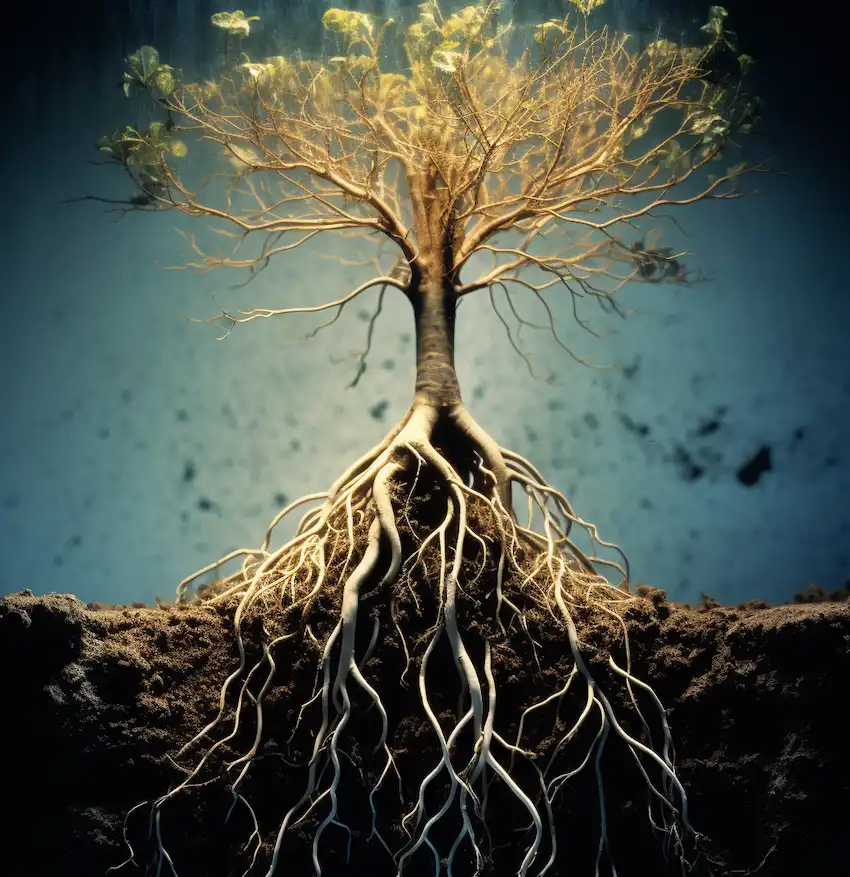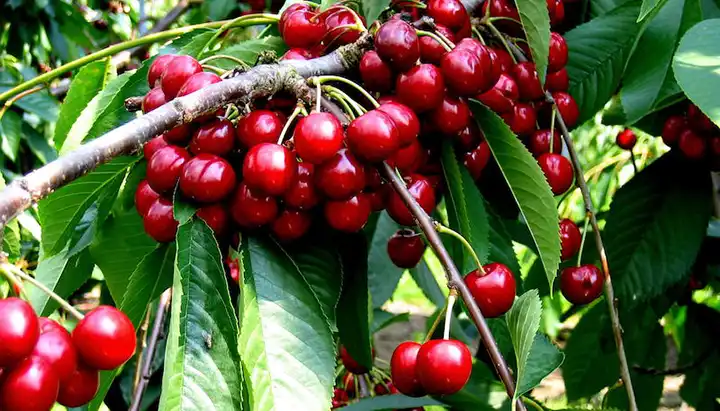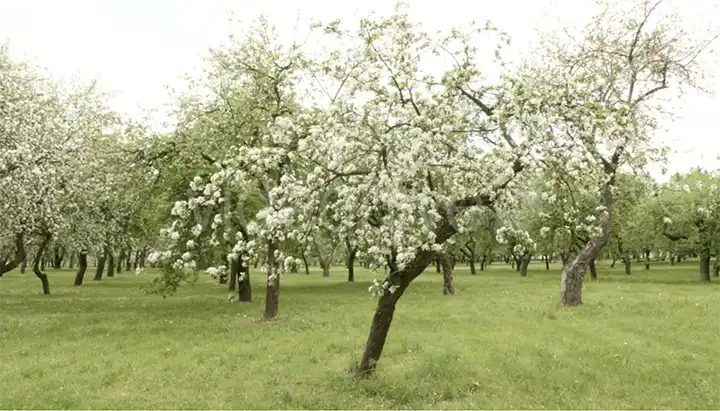The Benefits of Using Mycorrhizae in the Garden: A Detailed Guide
Mycorrhizae, a symbiotic relationship between fungi and plant roots, are a gardener’s secret weapon for a thriving, resilient garden. This underground partnership plays a crucial role in plant health and soil ecology. Understanding and leveraging mycorrhizae can significantly benefit your garden, from improving nutrient uptake to enhancing soil structure. Here’s an in-depth look at mycorrhizae and how to harness their power in your garden.

What are Mycorrhizae?
Mycorrhizae are the symbiotic associations between the roots of most plant species and certain types of fungi. The term “mycorrhiza” comes from the Greek words ‘mykes’, meaning fungus, and ‘rhiza’, meaning root. This relationship is mutually beneficial. The fungi enhance the plant’s ability to absorb water and nutrients, while the plant provides the fungi with carbohydrates formed through photosynthesis.
Types of Mycorrhizae
- Arbuscular Mycorrhizae (AM): These penetrate the root cells and are most common in herbaceous plants and many agricultural crops.
- Ectomycorrhizae (EM): These form a sheath around the roots and mainly associate with trees.
Benefits of Using Mycorrhizae in Your Garden
- Enhanced Nutrient Uptake: Mycorrhizal fungi increase the surface absorbing area of roots, thereby improving the plant’s ability to access and absorb nutrients, especially phosphorus.
- Drought Resistance: Plants with a mycorrhizal network can access water from further away and more effectively, making them more resistant to drought.
- Soil Structure Improvement: The hyphae of mycorrhizal fungi produce substances that bind soil particles together, improving soil structure and creating a better environment for roots to grow.
- Disease Suppression: Mycorrhizae can help protect plants from certain root pathogens by outcompeting them or by enhancing the plant’s own immune responses.
- Improved Plant Growth and Yield: With better nutrient and water uptake and disease resistance, plants are generally healthier, grow faster, and produce more.
How to Introduce Mycorrhizae into Your Garden
- Choose the Right Plants: While most plants benefit from mycorrhizae, some, like brassicas and beet family plants, do not form these relationships. Ensure your garden has mycorrhiza-friendly plants.
- Use Mycorrhizal Inoculants: These are products that contain beneficial mycorrhizal fungi and can be added to the soil when planting.
Step 1:
Choose a high-quality mycorrhizal inoculant suitable for your plant types.
Step 2:
Apply the inoculant directly to the roots when planting or mix it into the soil.
- Minimize Soil Disturbance: Tilling and excessive digging can disrupt mycorrhizal networks. Practice no-till or minimal tillage to protect these delicate structures.
- Reduce Chemical Use: High levels of fertilizers, especially phosphorus, can reduce the formation of mycorrhizal associations. Similarly, some fungicides can harm beneficial fungi. Use these products sparingly and responsibly.
- Organic Matter Addition: Adding compost or mulch can create a favorable environment for mycorrhizal fungi by improving soil structure and providing a food source.
Incorporating mycorrhizae into your garden management practices can profoundly impact plant health and soil vitality. By understanding and fostering these symbiotic relationships, gardeners can create more resilient, productive, and sustainable gardens. Remember, a healthy underground ecosystem translates to a thriving garden above the soil. Embrace mycorrhizae and watch your garden flourish!



















